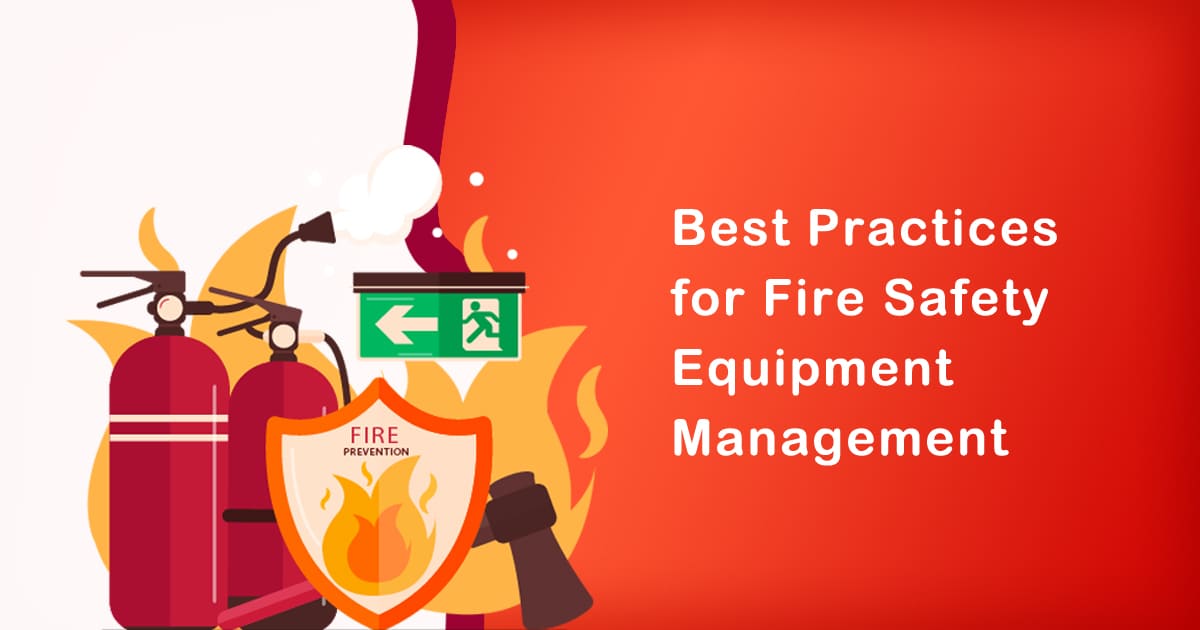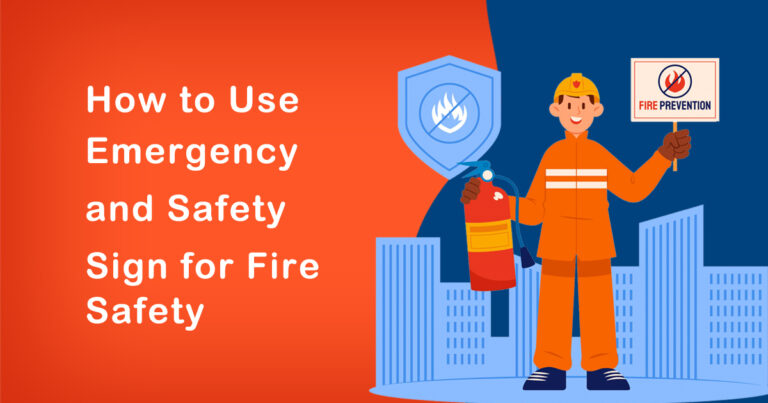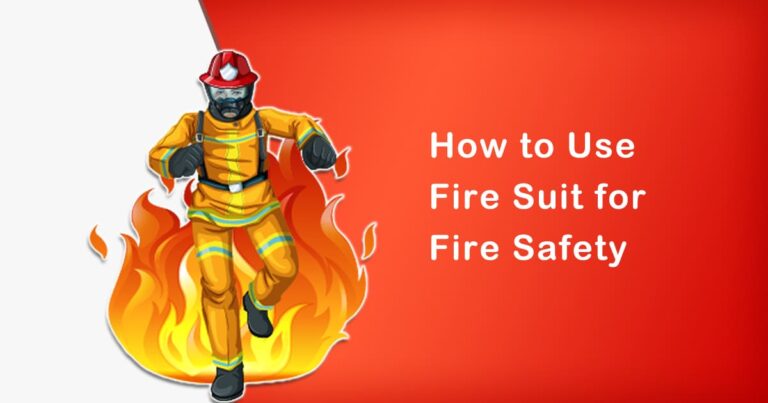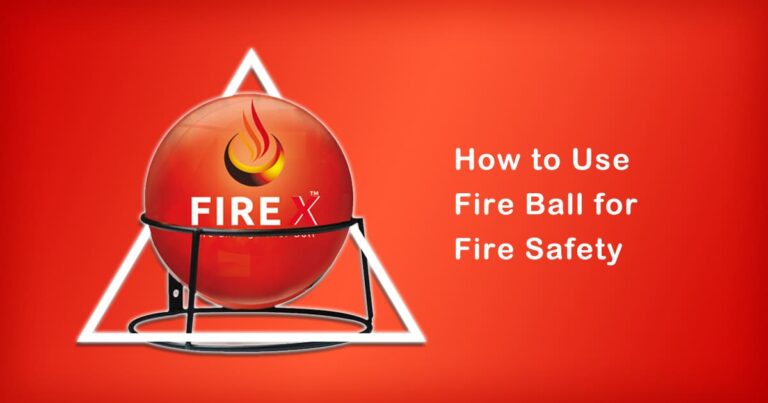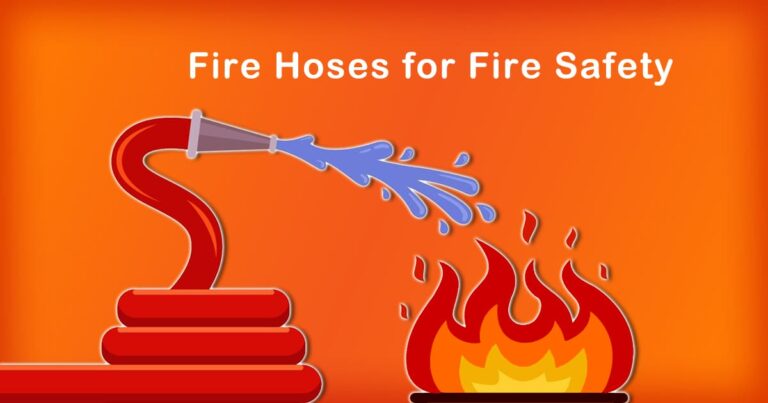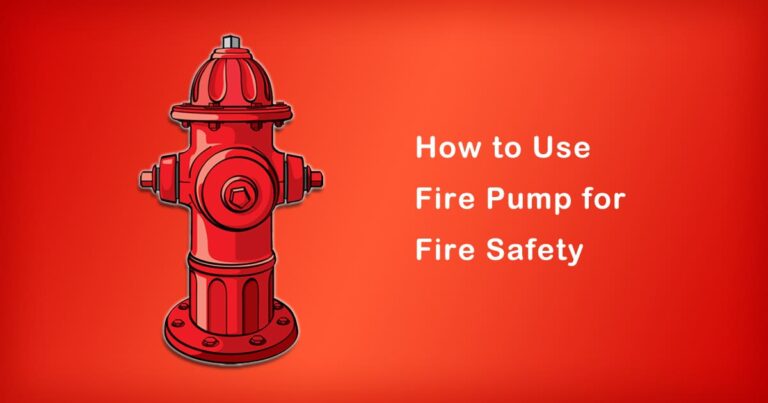Introduction
Fires are a major hazard that can cause significant harm to people, property, and the environment. The loss of life and property due to fires can be minimized through effective fire safety equipment management. In India, where the frequency of fires is high due to various reasons such as lack of safety regulations and non-adherence to safety measures, it is imperative to implement best practices for fire safety equipment management. In this blog, we will discuss the best practices for fire safety equipment management in India, backed by research and facts.
Fire Safety Equipment Management
Fire safety equipment management involves the regular maintenance, testing, and inspection of fire safety equipment to ensure that it is in good working condition and can be relied upon in the event of a fire. The following are the best practices for fire safety equipment management in India:
1. Regular Inspection:
Fire safety equipment must be inspected regularly to ensure that it is in good working condition. According to the National Building Code of India (NBC), fire safety equipment must be inspected once every three months by a qualified person.
2. Testing:
Fire safety equipment must be tested regularly to ensure that it functions properly. This includes testing fire alarms, sprinkler systems, and fire extinguishers. The NBC states that fire alarm systems must be tested every six months, while sprinkler systems and fire extinguishers must be tested every year.
3. Maintenance:
Fire safety equipment must be maintained regularly to ensure that it is in good working condition. This includes cleaning and replacing components that are worn out or damaged. The NBC states that fire safety equipment must be maintained by a qualified person once every year.
4. Training:
Employees must be trained in the proper use of fire safety equipment. This includes training in the use of fire extinguishers, evacuation procedures, and the location of fire exits. The NBC states that all employees must be trained in fire safety once every year.
5. Documentation:
Records of inspections, testing, maintenance, and training must be maintained to ensure that fire safety equipment is in compliance with regulations. The NBC states that records must be maintained for a period of five years.
Facts and Research
According to the National Crime Records Bureau (NCRB), there were 18,450 incidents of fire in India in 2019, resulting in 1,419 deaths and 6,200 injuries. The majority of these incidents occurred in residential areas, followed by commercial areas and industrial areas. The main causes of fires were short circuits, human negligence, and LPG cylinder blasts.
A study conducted by the National Disaster Management Authority (NDMA) found that only 25% of buildings in India have fire safety equipment installed. This highlights the need for increased awareness and implementation of fire safety measures in India.
Another study conducted by the Bureau of Indian Standards (BIS) found that only 15% of fire extinguishers in India were found to be in working condition. This underscores the importance of regular testing and maintenance of fire safety equipment.
Conclusion
In conclusion, fire safety equipment management is crucial for the safety of people, property, and the environment. Regular inspection, testing, maintenance, training, and documentation are the best practices for effective fire safety equipment management in India. With the increasing frequency of fires in India, it is imperative to implement these best practices to minimize the loss of life and property due to fires.


